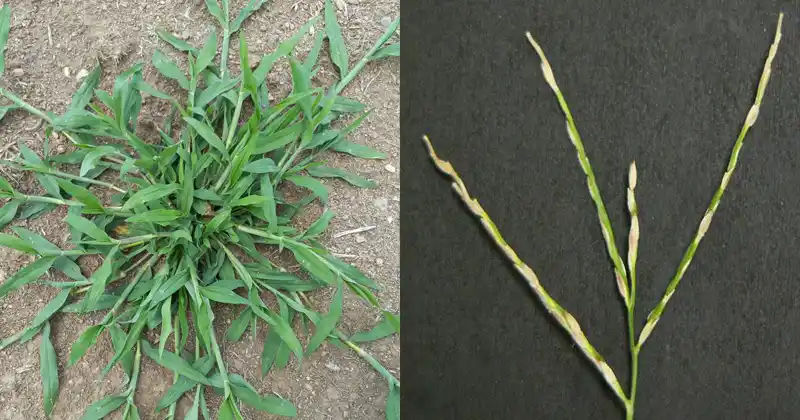
Crabgrass, often dismissed as a pesky weed in lawns and gardens, is actually a plant with significant unappreciated virtues. Beyond its reputation for being invasive, crabgrass holds a variety of uses that can be beneficial for health, culinary purposes, and even soil management. Here’s a deeper look into why crabgrass might just be one of nature’s underappreciated wonders.
Nutritional and Medicinal Benefits
Crabgrass is more than just a lawn nuisance; it is rich in nutrients and has been used in traditional medicine in various cultures. It contains vitamins such as niacin, riboflavin, and folic acid, as well as essential minerals like calcium, magnesium, and potassium. This nutritional profile supports various body functions, including bone health and energy metabolism.
Medicinally, crabgrass has been utilized to treat digestive issues, like dysentery and diarrhea. It has diuretic properties that help in flushing toxins from the body through increased urine production. In some traditional practices, crabgrass is used to treat liver ailments and is believed to have blood-purifying properties.
Culinary Uses
Crabgrass seeds, known as millet, are completely edible and highly nutritious. They can be cooked and eaten similar to other grains like quinoa or rice. In parts of Africa, crabgrass is harvested specifically for its grains, which are used to make porridge or fermented to produce traditional beers. The young and tender leaves of crabgrass can also be added to salads or cooked as a leafy vegetable, offering a mild and slightly sweet flavor.
Environmental and Agricultural Benefits
Crabgrass plays a crucial role in soil conservation. Its extensive root system helps prevent soil erosion and can improve soil structure and fertility. As a fast-growing plant, crabgrass can quickly cover bare patches of soil, protecting it from erosion by wind and rain.
Moreover, crabgrass is a natural aerator. Its roots penetrate compact soils, helping to improve aeration and drainage. This ability makes it an excellent green manure or cover crop in agricultural practices, as it can be plowed back into the soil to increase organic matter and nutrient content.
How to Use Crabgrass in Your Daily Life
- Grain Harvesting: Collect the seeds of crabgrass at the end of the growing season. These can be dried and stored, used as a grain substitute in various recipes.
- Young Greens: Harvest the young leaves of crabgrass before it flowers. These can be used fresh in salads or cooked like spinach.
- Herbal Remedies: Use dried crabgrass as a tea for its potential digestive and diuretic benefits. Steep it in hot water and drink it to help with stomach upset or to detoxify the liver.
Conclusion
Crabgrass may never be the garden plant of choice for many, but understanding its numerous benefits can change the perception from a troublesome weed to a valuable resource. Whether it’s used for its nutritional grains, soil-enhancing properties, or medicinal qualities, crabgrass is indeed an unpretentious wonder of nature, deserving a second look for its multifaceted uses.




